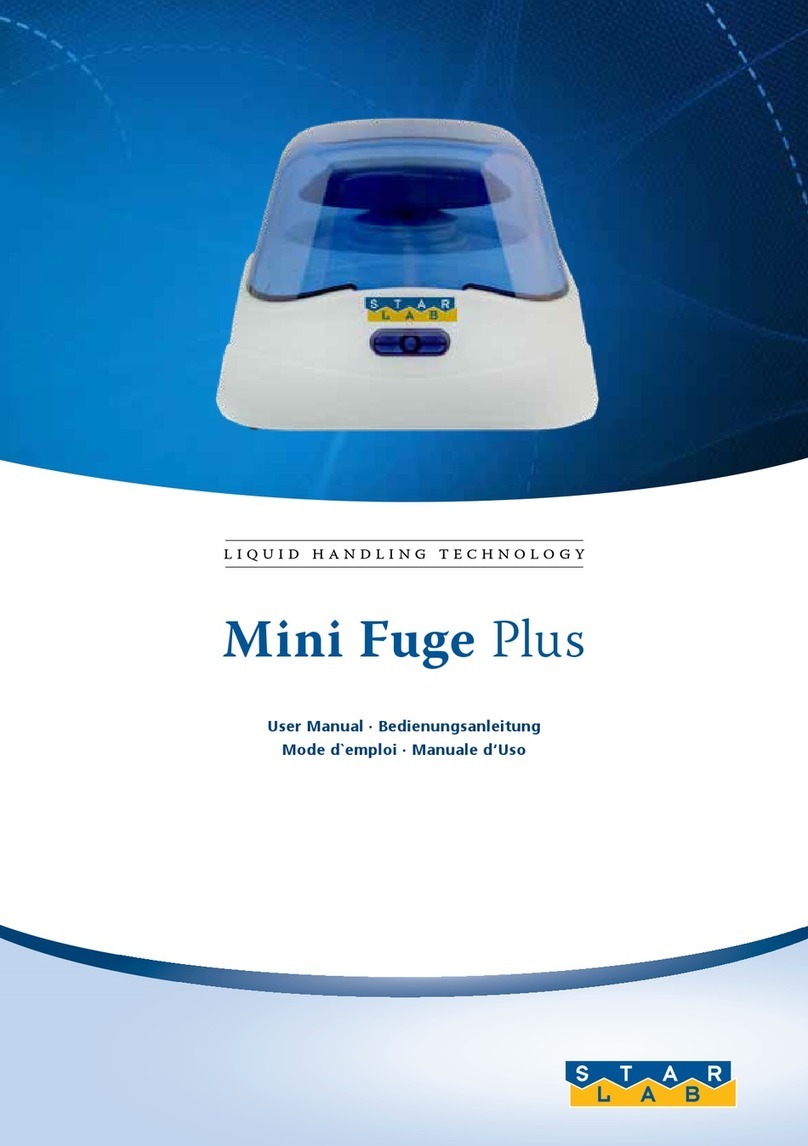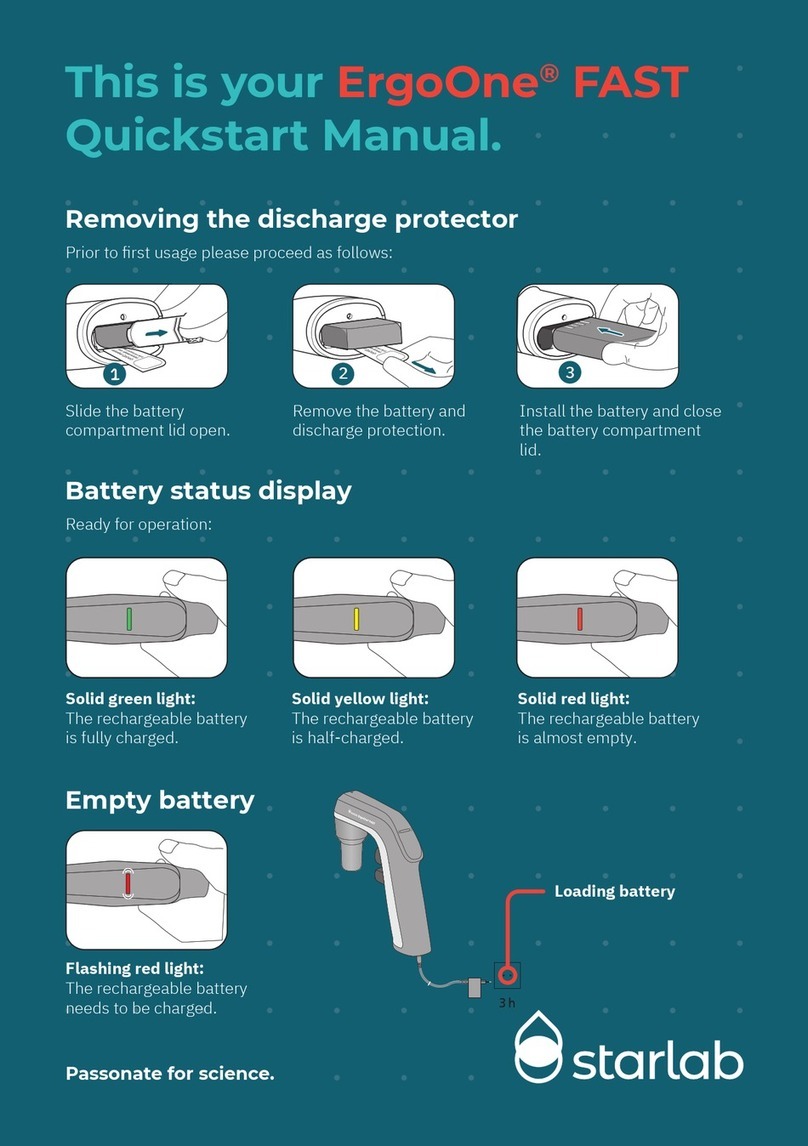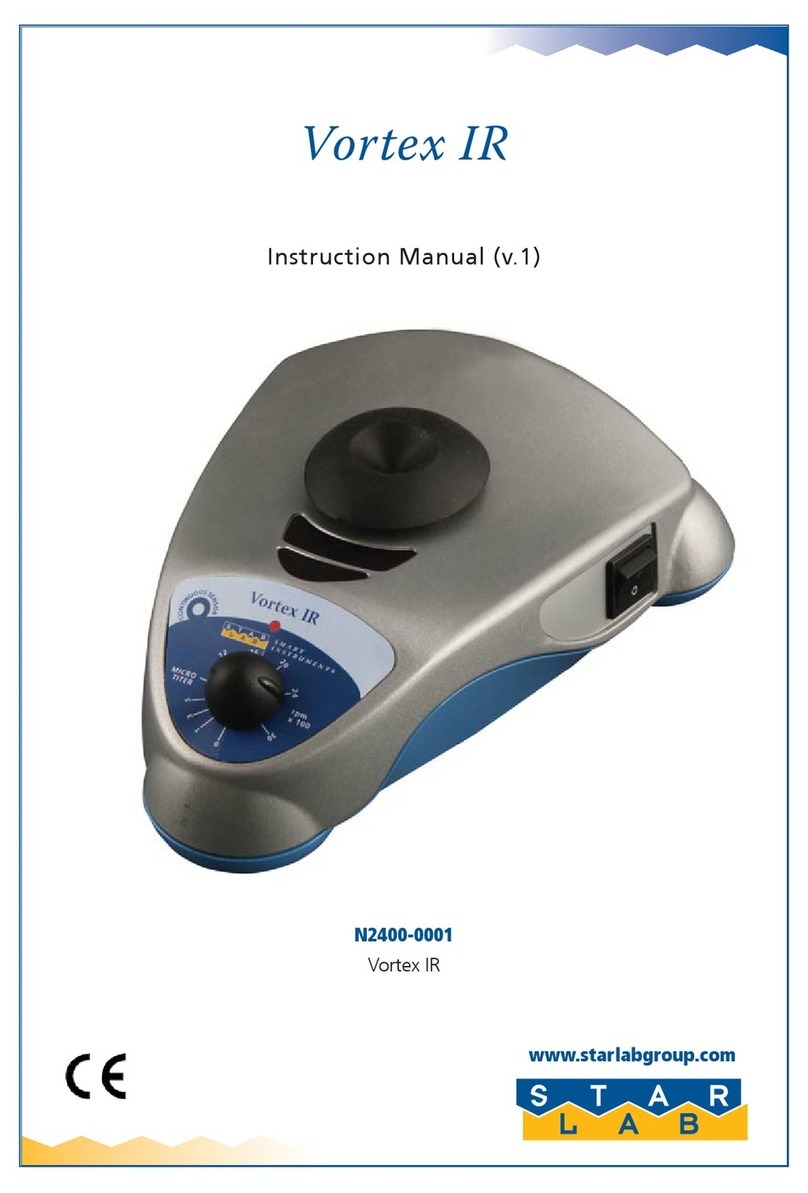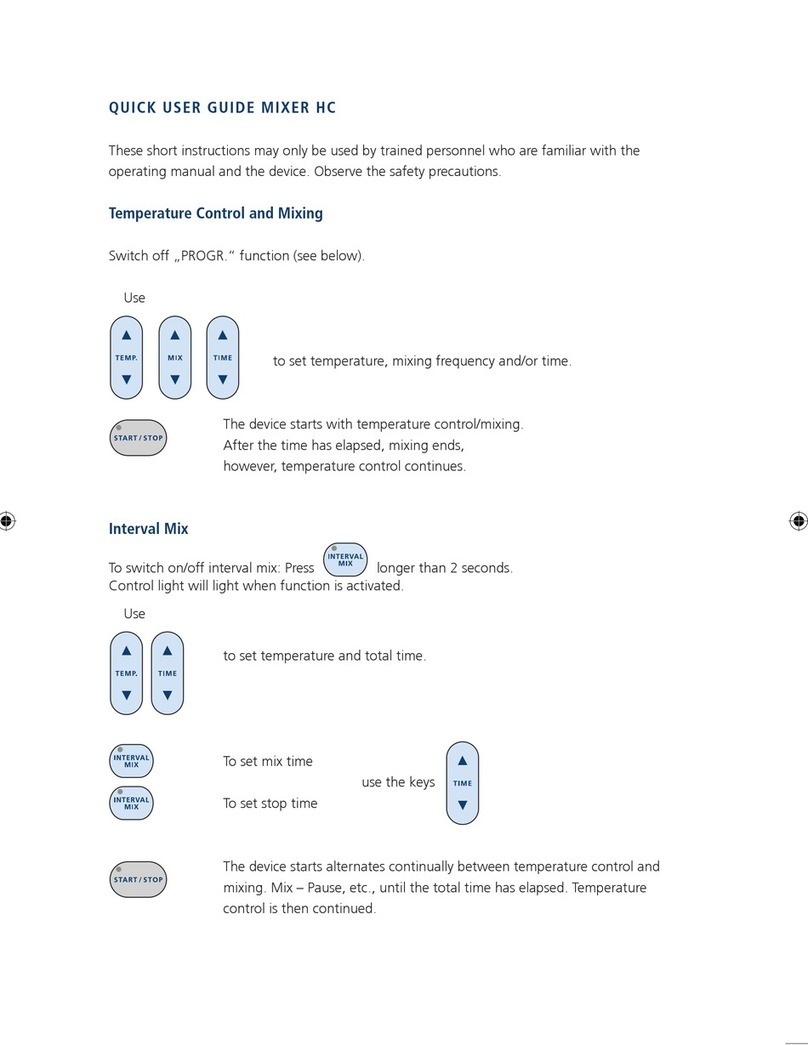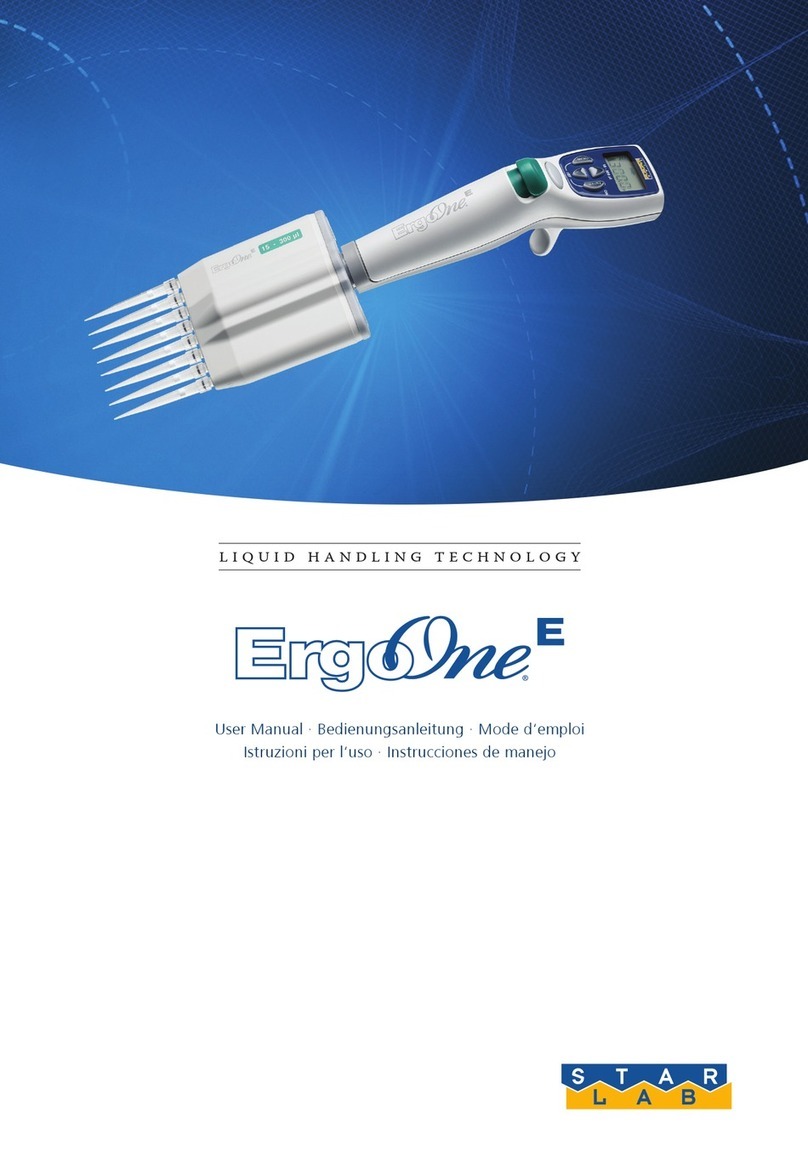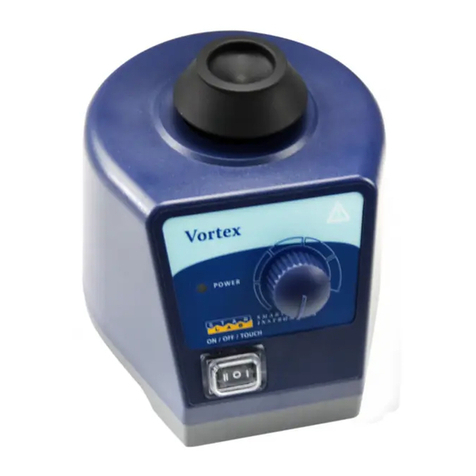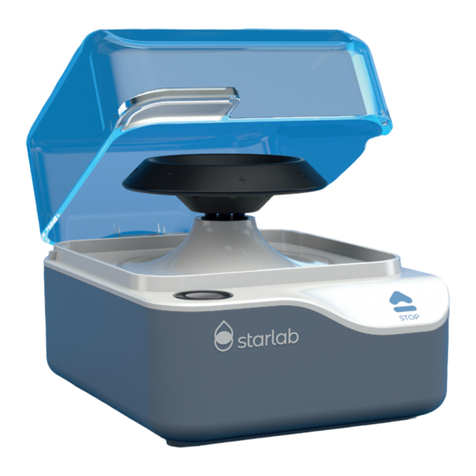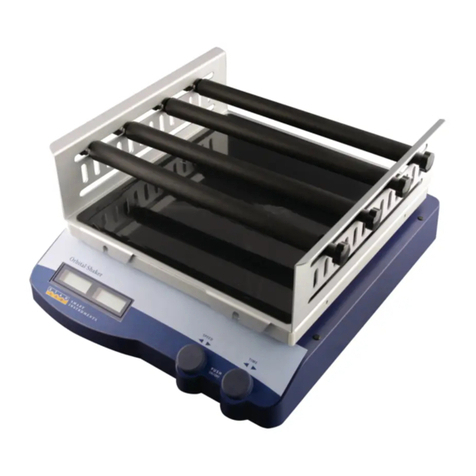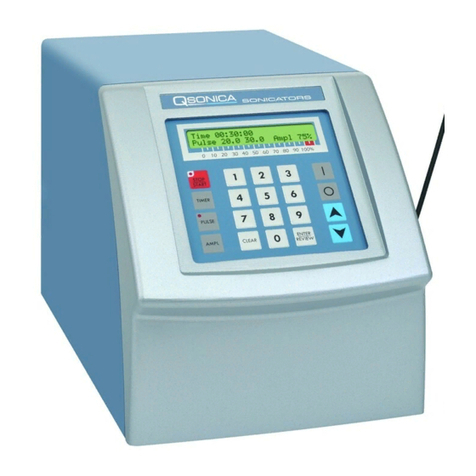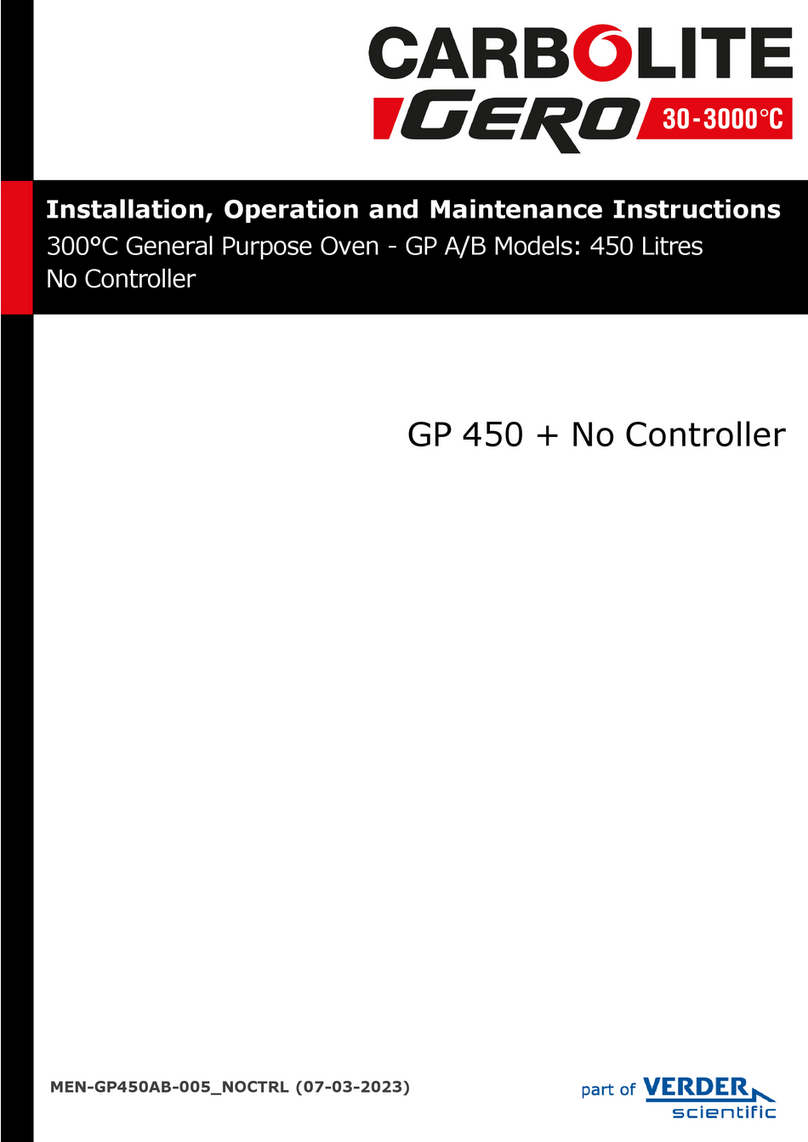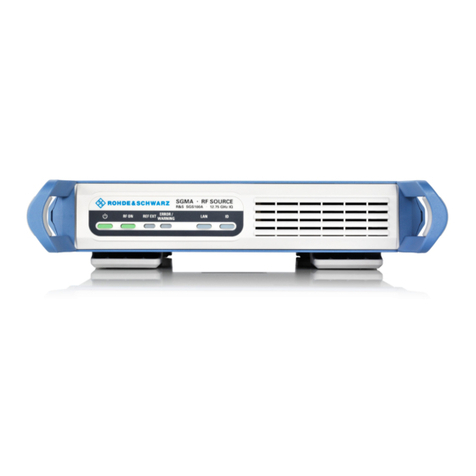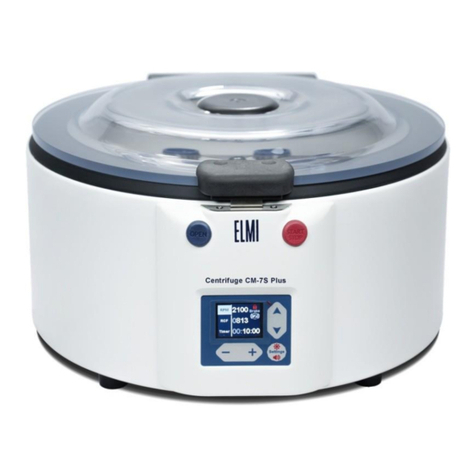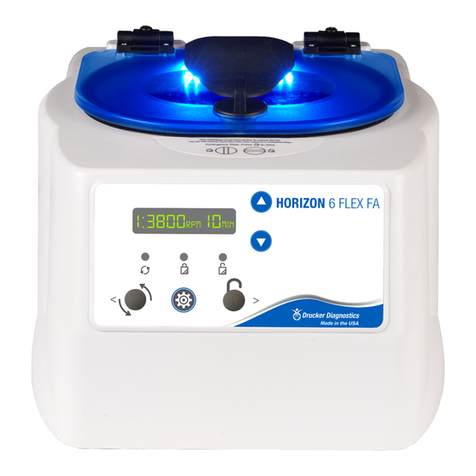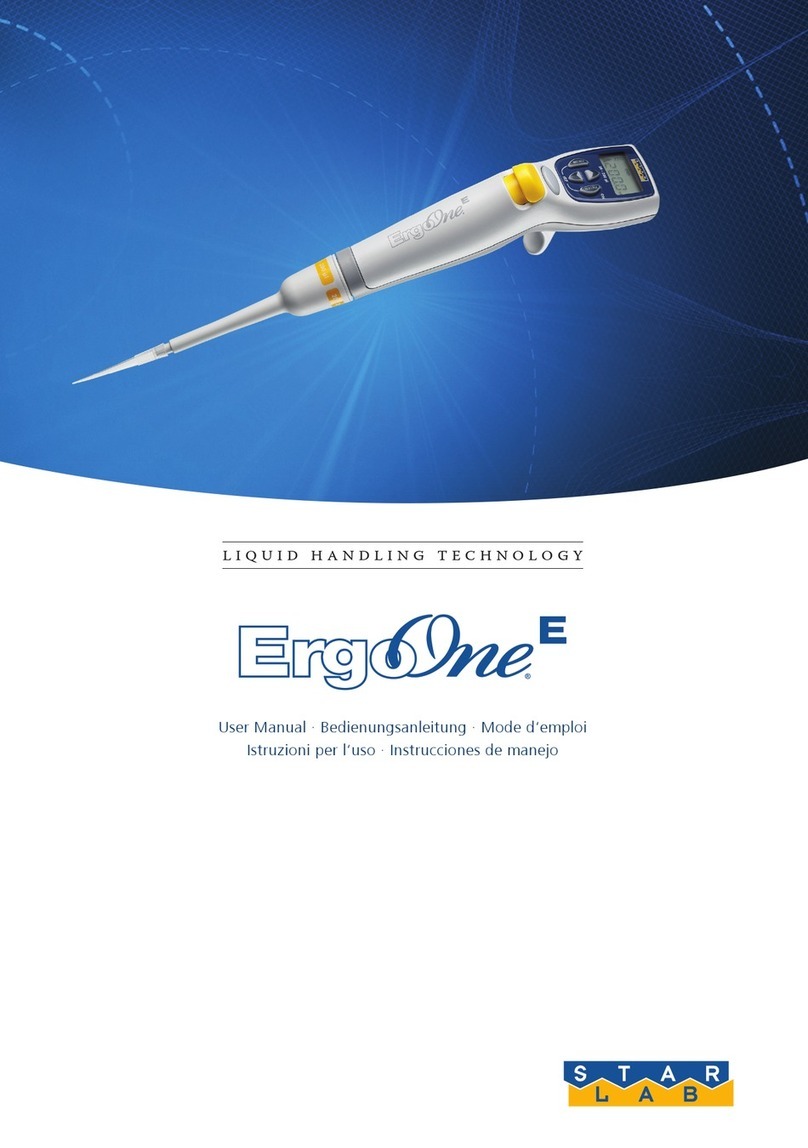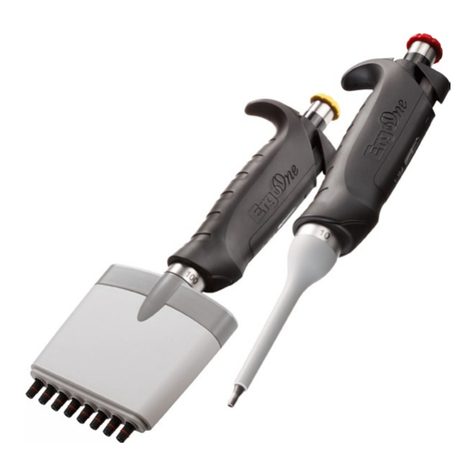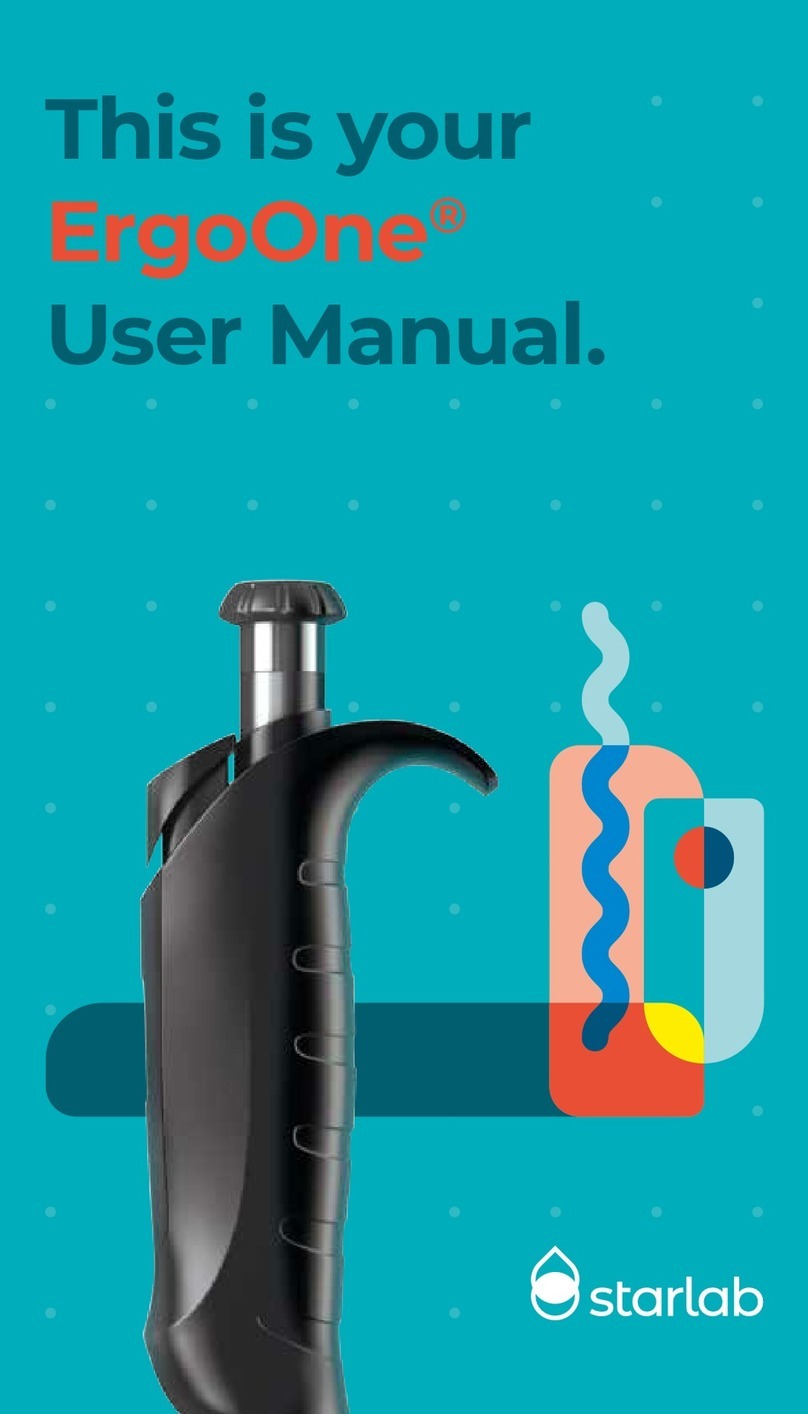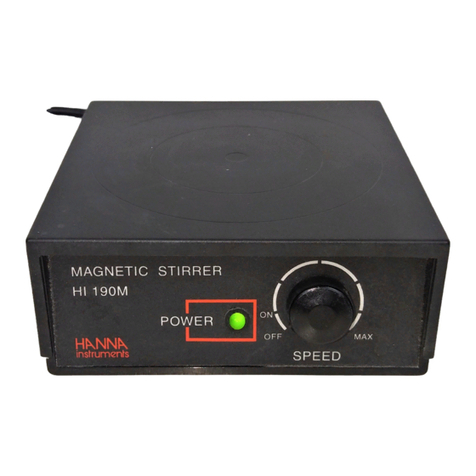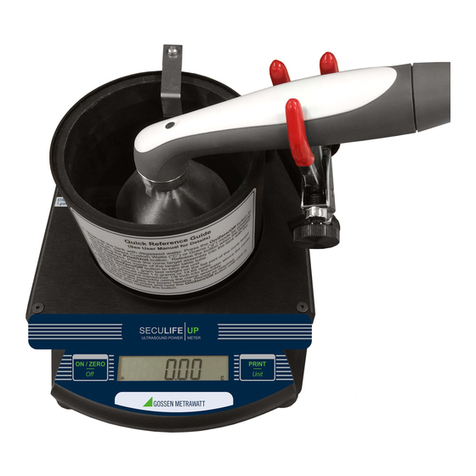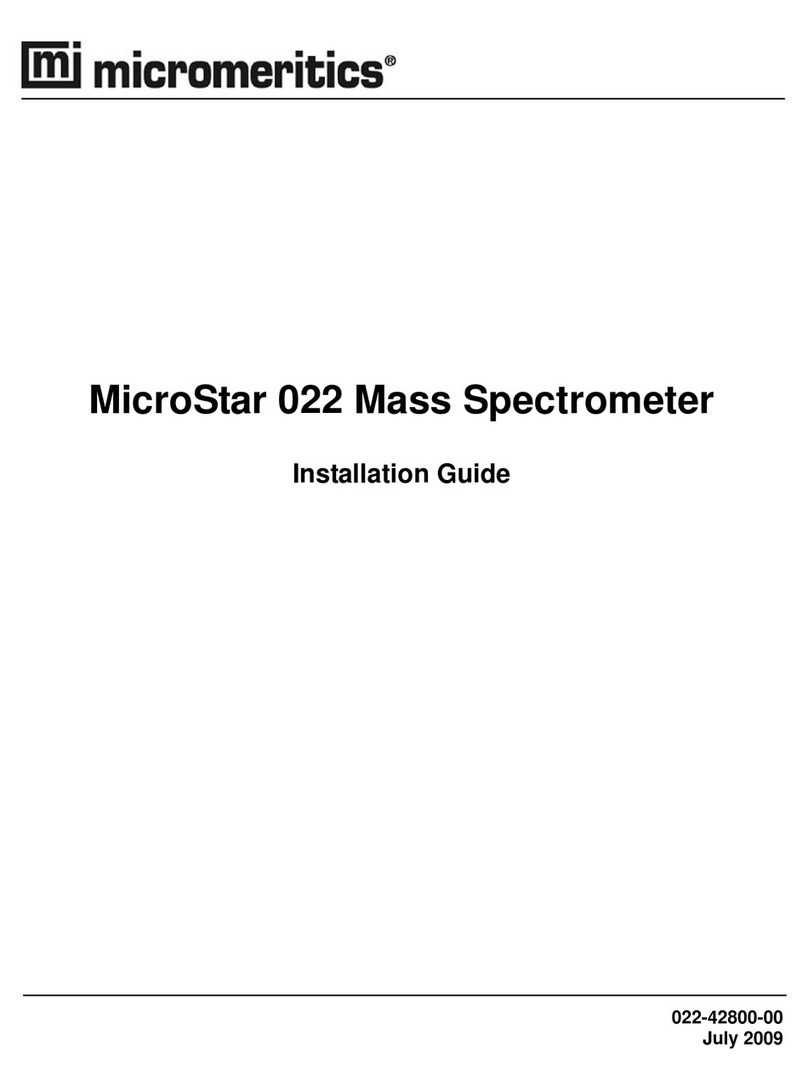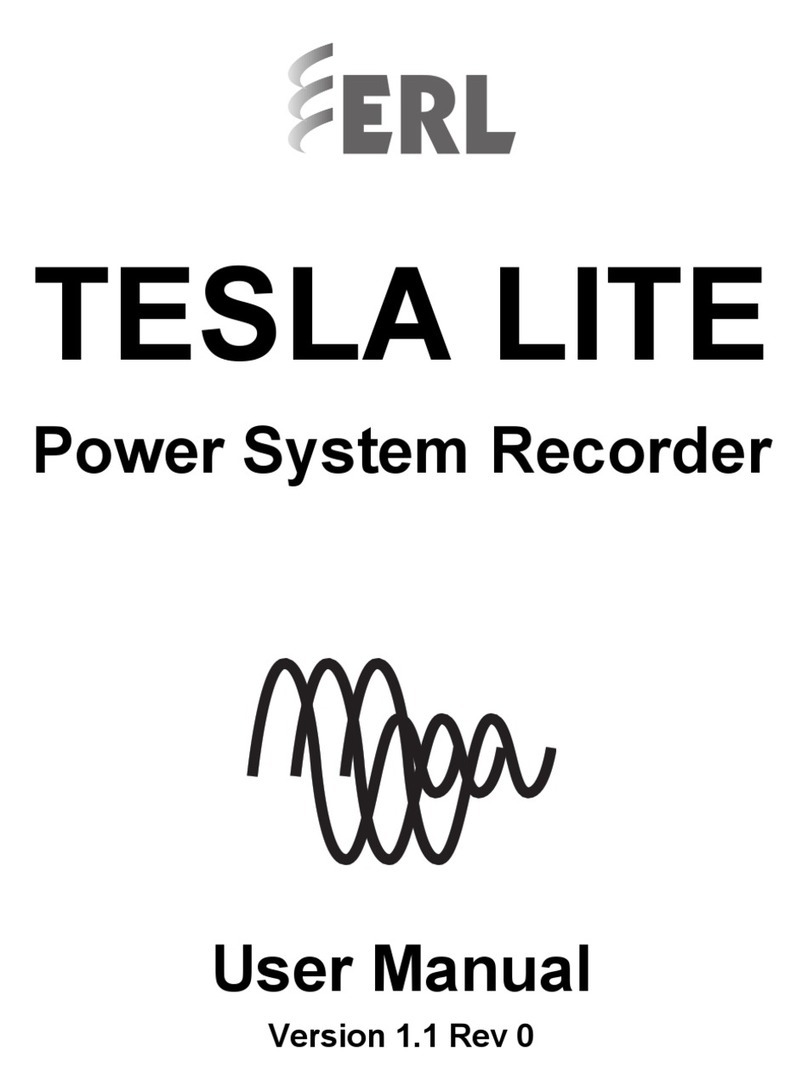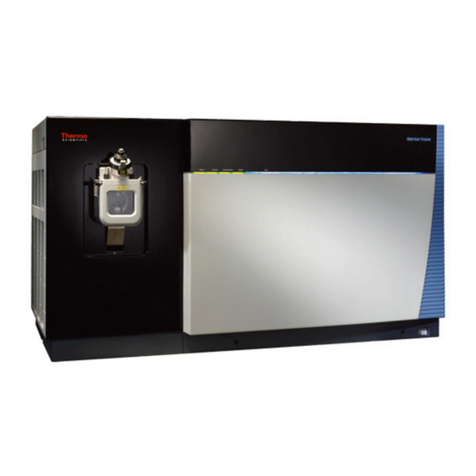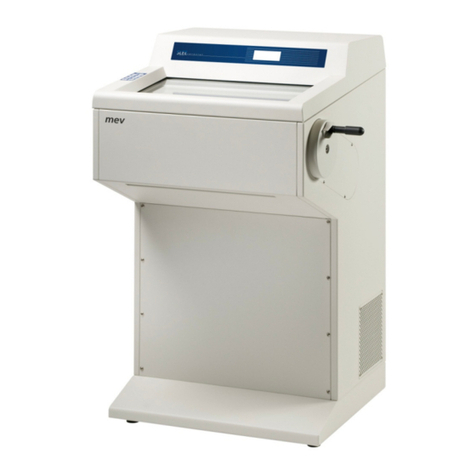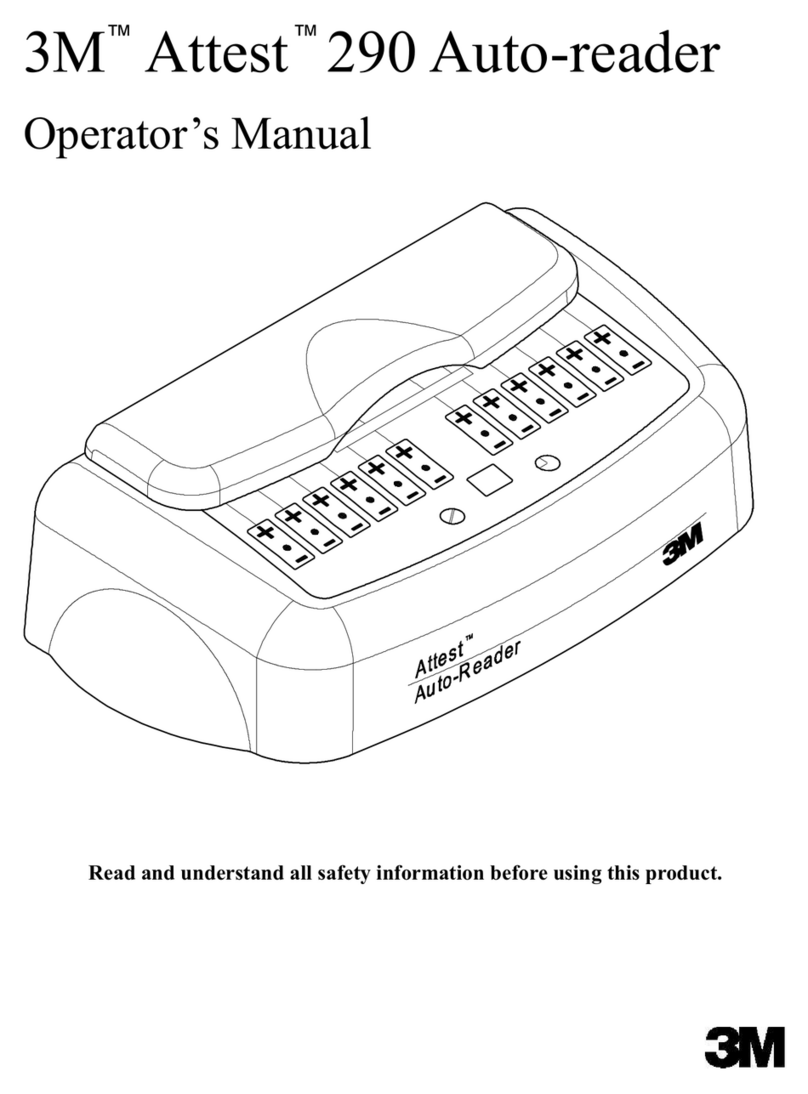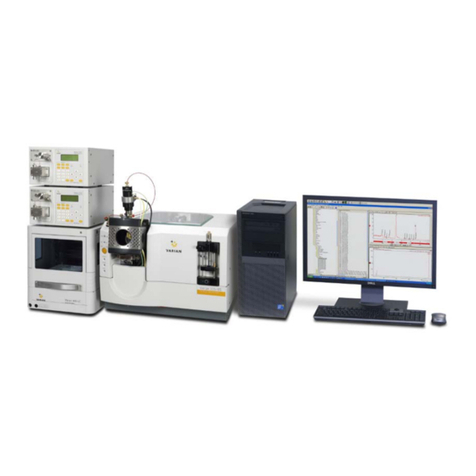
Microcentrifuge 24 · Manual · 5
Original instruction _____________________________________________________________________________5 – 33
Originalbetriebsanleitung ______________________________________________________________________35 – 63
Instruction initiale _____________________________________________________________________________65 – 93
Instruczione originale _________________________________________________________________________95 – 123
Certicates _______________________________________________________________________________________3 – 4
1 Operating instructions _________________________________________________________________________ 7
1.1 Usingthismanual ________________________________________________________________________________ 7
1.2 Dangersymbolsanddangerlevels ____________________________________________________________________ 7
1.2.1 Dangersymbols _____________________________________________________________________________ 7
1.2.2 Dangerlevels_______________________________________________________________________________ 7
1.3 Symbolsused ___________________________________________________________________________________ 7
1.4 Abbreviationsused _______________________________________________________________________________ 7
2 Safety ________________________________________________________________________________________ 8
2.1 Intendeduse ____________________________________________________________________________________ 8
2.2 Userprole _____________________________________________________________________________________ 8
2.3 Informationonproductliability _______________________________________________________________________ 8
2.4 Applicationlimits_________________________________________________________________________________ 8
2.4.1 DeclarationconcerningtheATEXdirective(2014/34/EU) ________________________________________________ 8
2.5 Warningsforintendeduse __________________________________________________________________________ 9
2.5.1 Personalinjuryordamagetodevice_______________________________________________________________ 9
2.5.2 Incorrecthandlingofthecentrifuge ______________________________________________________________ 10
2.5.3 Incorrecthandlingoftherotors _________________________________________________________________ 10
2.5.4 Extremestrainonthecentrifugationtubes _________________________________________________________ 11
2.6 Safetyinstructionsondeviceandaccessories ____________________________________________________________ 11
3 Product description ____________________________________________________________________________ 12
3.1 Productoverview ________________________________________________________________________________ 12
3.2 Deliverypackage ________________________________________________________________________________ 12
3.3 Features ______________________________________________________________________________________ 13
3.4 Nameplate ____________________________________________________________________________________ 13
4 Installation ___________________________________________________________________________________ 14
4.1 Selectingthelocation_____________________________________________________________________________ 14
4.2 Preparinginstallation _____________________________________________________________________________ 15
4.3 Installingtheinstrument___________________________________________________________________________ 15
5 Operation ____________________________________________________________________________________ 16
5.1 Operatingcontrols _______________________________________________________________________________ 16
5.2 Switchingonthecentrifuge ________________________________________________________________________ 17
5.3 Replacingtherotor ______________________________________________________________________________ 17
5.3.1 Insertingtherotor __________________________________________________________________________ 17
5.3.2 Removingtherotor _________________________________________________________________________ 17
5.4 Closingthecentrifugelid __________________________________________________________________________ 17
5.5 Preparingforcentrifugation ________________________________________________________________________ 18
5.5.1 Loadingtherotor ___________________________________________________________________________ 18
5.5.2 Closingtherotorlid _________________________________________________________________________ 18
5.5.3 Closingtherotorlid(aerosol-tightcentrifugation)____________________________________________________ 19
5.6 Centrifugation __________________________________________________________________________________ 19
5.6.1 Centrifugationwithtimesetting ________________________________________________________________ 19
5.6.2 Endofcentrifugation ________________________________________________________________________ 20
5.6.3 Centrifugingincontinuousoperation_____________________________________________________________ 20
5.6.4 Shortruncentrifugation ______________________________________________________________________ 20
5.6.5 Settingthealarmvolume _____________________________________________________________________ 20
5.7 Aerosol-tightcentrifugation ________________________________________________________________________ 21
5.8 Switchingoffthecentrifuge ________________________________________________________________________ 21
Table of contents
English




















